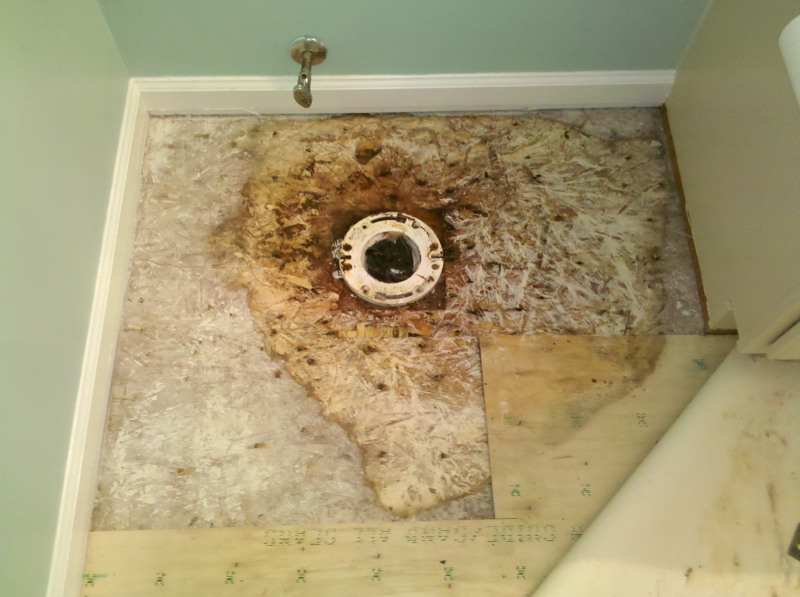What are your thoughts on Preventing Water Damage in the Bathroom?

The shower room is incredibly vulnerable for damp accumulation as well as potential water damages due to the regular use of water in it. This post offers basic inspection methods to aid discovering water damage hazards.
The constant use of water in the bathroom makes it exceptionally prone for moist buildup as well as potential water damages. By checking it routinely, you can lower water associated damages.
The adhering to set of examinations is simple to perform as well as should be done as soon as in every three months in order to maintain your restroom healthy as well as to prevent prospective water damages triggered by the bathtub, the shower, pipeline joints and plumbing, sinks, closets, as well as the commode
Do not overlook executing these assessments and also be extensive while executing them. Bear in mind that these basic inspections can conserve you a lot of money by giving early signs for water damage
Tub and also Shower
The shower as well as bath tub require unique attention as well as upkeep. Check the ceramic tiles and replace if fractured. Make sure that there is no missing cement in between the tiles. Check and replace split caulking at joints where the walls satisfy the flooring or the bath tub. Clogged drains pipes and also pipes issues will certainly prevent the tub from drying as well as may suggest severe issues underneath the bath tub. Seek advice from a specialist quickly to stop architectural damages. Take notice of stainings or soft locations around the bath tub wall surfaces as they might show an inner leak.
Plumbing
Signs for water damage are difficult to spot because many pipes are installed inside the wall surfaces.
Pay special interest to flooring as well as walls wetness as well as spots as they might suggest an undetectable plumbing issue. Inspect wetness levels in adjoining rooms as well.
Sinks and Cabinets
Sinks and cabinets are exposed to moisture and humidity daily and also are usually forgotten. Check on a regular basis under the sink and also on the kitchen counter over it. Repair any type of drip in the trap as it may recommend drainpipe troubles. Browse the sink, sluggish draining pipes may indicate an obstructed drainpipe. Change sink seals if they are split or loose.
The Toilet
The toilet is an at risk water joint. Inspect the water lines as well as search for leaks around the commode seat, in the pipe, as well as under the water tank. If you discover any type of indications of wetness on the floor around the toilet, check for leakages in the toilet edge as well as storage tank seals.
Understand that hanging toilet bowl deodorants raises the possibilities for clogs.
Water Damage Signs In The Bathroom To Avoid Cleanup
Musty smell
This is one of the easiest signs to catch because musty smells are so odorous. The damp, earthy, moldy smell should be a big red flag. The smell will develop when moisture gets trapped in surfaces, and begins to facilitate mold growth. Leaking pipes under cabinets, inside walls, and behind shower fixtures will cause moisture to stay trapped and not dry, which will lead to mold growth and spread. As soon as you notice any musty smells in your bathroom, have it checked for hidden water damage and cleanup signs.
Visible mold
If the smell isn’t there to give it away, sometimes you will actually see mold growth. Finding mold in your bathroom is a serious problem, because mold is very harmful to your health. By the time mold growth is visible, it also means that water damage has already occurred and been present for some time. The only way the mold problem can be resolved is to find the source of the moisture and get it stopped. To safely and adequately remove mold, you need to have professionals handle the remediation. Do not waste any time in getting mold problems addressed, fixed, and sanitized so that you can protect you and your family from the many respiratory symptoms caused by mold exposure.
Damaged floors
Bathroom floors should be able to withstand some exposure to water while still remaining in good condition. However, when excess exposure or water leaks occur, they will begin to damage even the most water-resistant flooring. If you notice any cracking, bubbling, staining, or warping on your bathroom floors, there is probably a water leak somewhere causing the distortion. If you notice areas of the floor have become softer, or even have a spongy feeling, there is probably damage to the subfloor. Subflooring is typically made up of plywood. When plywood is exposed to water or moisture, it will absorb it. Once it has become saturated, the weight of the excess water will cause the wood to swell and soften. Check the floors in your bathroom frequently to catch any of these sings before they lead to damaged subflooring.
Changes on walls
When water leaks behind walls, it will cause changes in the drywall. Peeling plaster, blistering paint, and soggy wallpaper are all good indicators that excess water is building up behind the wall. Water leaking behind drywall will cause it to swell and be soft to the tough. If you start to notice gaps along the trim of your walls, or where tile meets the wall, it could also be a strong indicator that there is a leak behind the wall. Any changes, distortion, or damage on the walls should be evaluated as soon as you notice it to prevent further water damage and cleanup.

As a reader on Looking for Signs of Water Damage in the Bathroom, I figured sharing that short article was a smart idea. Sharing is caring. Helping others is fun. We value reading our article about How to Fix a Water Damage Bathroom.
Contact
Comments on “How to Help Prevent Water Damage in Your Bathroom”